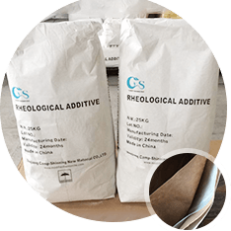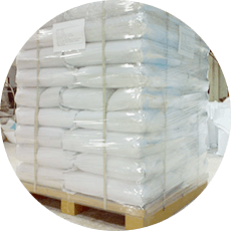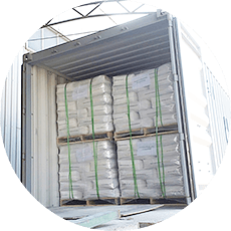What are rheology modifiers in coatings? Rheology has an impact on a variety of coating properties.
Rheology Modifiers in Paints
Film-forming performance, fluid transfer, acceptable application performance, and long-term resistance to sagging and hard settling are all among them. A simple Google search will provide information on specific materials.
Paints traditionally contain about 80% solvent, which helps thicken the effect.
Manufacturers have turned to higher solids systems to meet stringent environmental regulations.
These thickeners help increase viscosity, shear thinning and sag resistance.
When added to paints, organoclays impart high viscosity, shear thinning properties and sag resistance.
Due to the same charge, the polymer swells.
Organoclay rheology modifiers are fluids with a complex viscosity-shear relationship.
Pseudoplastic fluids lose viscosity when the shear rate increases and regain viscosity when the shear rate decreases.
What are rheology modifiers in coatings? Rheology has an impact on a variety of coating properties.
Film-forming performance, fluid transfer, acceptable application performance, and long-term resistance to sagging and hard settling are all among them. A simple Google search will provide information on specific materials.
Paints traditionally contain about 80% solvent, which helps thicken the effect.
Manufacturers have turned to higher solids systems to meet stringent environmental regulations.
These thickeners help increase viscosity, shear thinning and sag resistance.
When added to paints, organoclays impart high viscosity, shear thinning properties and sag resistance.
Due to the same charge, the polymer swells.
 Email: [email protected]
Email: [email protected]




